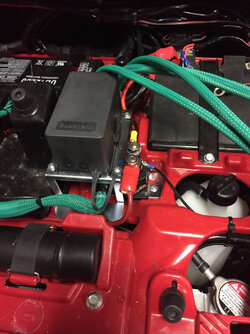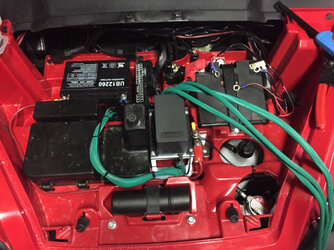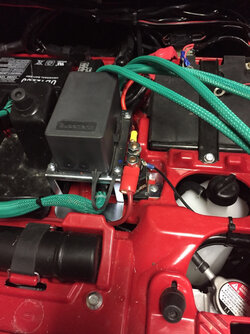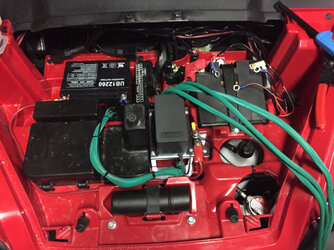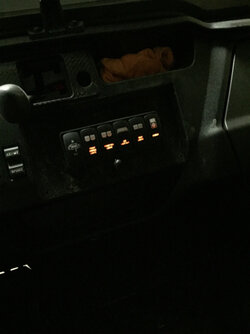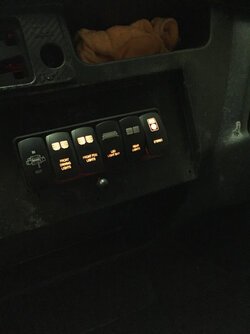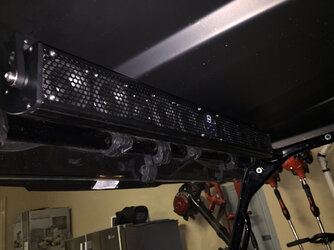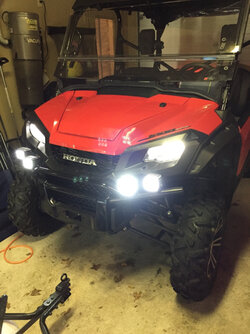Ok, I will attempt this. I don't have my 1000 yet (supposed to be have shipped yesterday and in this week), so I cannot comment on the location of your equipment until I familiarize myself with the real thing. I appreciate the good photography, though. To answer your other question, however, if you hooked up your negative and positive wires of your fuse block to your second battery you will have power on the fused / non relay side of the the block. This is used for accessories that don't require much power. Each of these wires (circuits) are fused inside the block. You have power on the accessory side of the block, but you don't know it because a relay has to be tripped or closed on each circuit on the inside of the block to complete the circuit and provide power to the accessory or device that you want to power. The switches and the accessory wires are color matched. The accessory wire of a particular color goes to the device that you want to run, i.e. lights, horns, radio, etc. The matched switch wire goes to one side of the switch you that you want to control the device. You should wire the other side of the switch to a power source that is controlled by the ignition. The third pole of the switch should be a ground. When you turn the switch on, that completes the circuit and sends power to the relay within the box that causes it to close and provide power to the device that you want on. The purpose of a relay is to control devices that require lots of power. You don't wire devices straight through a small switch without a relay because if the device requires lots of power, it will eventually burn up the switch. Relays are nothing more that very heavy switches that are turned on by smaller switches. Hope this makes sense.


